Buy the photo Singel canal by Jeroen de Jongh Photography on canvas, ArtFrame, poster and wallpaper, printed on demand in high quality.
About "Singel canal"
by Jeroen de Jongh Photography
About the artwork
The Singel is an Amsterdam canal, which runs from the IJ to the Muntplein, where it flows into the Binnen Amstel.
The Singel was dug around 1428 from the IJ to the Boerenwetering. Around 1450 the remaining part followed until the Amstel river. Until the enlargement of the city in about 1585, the Singel formed the western city boundary. From 1481, the earthen rampart was replaced by a stone wall. At that time the Singel was also called Stedegracht. This Stedegracht still consists of the present Singel, the Kloveniersburgwal and the Geldersekade.
In the 17th century, the Singel was temporarily called Koningsgracht as a tribute to King Henry IV of France; at the time an important ally of the Republic. The Place Royale is a reminder of this.
The Torensluis lock from 1648 is the oldest preserved and widest bridge in the entire inner city. This Bridge 9 - near the Oude Leliestraat - is so wide because the Jan Roodenpoort tower, demolished in 1829, stood here. The dungeons of the tower are still part of the bridgehead. In the pebbles on the bridge the contours of the former tower have been made recognizable since 2003. Here, next to the statue of Multatuli (Hans Bayens 1987), there are often terraces.
The Muntsluis under the Muntplein is the last bridge before the Singel flows into the Amstel river. In the system of the numbering of the Amsterdam bridges this is the first, bridge 1.

About Jeroen de Jongh Photography
I'm Jeroen, and I'll spare you the long introduction. ;) If you're looking for a landscape photo for your wall, you've come to the right place... Read more…
 Germany
Germany Ordered in November 2019
Ordered in November 2019
 Germany
Germany Ordered in February 2025
Ordered in February 2025
 Netherlands
Netherlands Ordered in June 2021
Ordered in June 2021
 Netherlands
Netherlands Ordered in September 2021
Ordered in September 2021
 Germany
Germany Ordered in December 2021
Ordered in December 2021
 Netherlands
Netherlands Ordered in August 2020
Ordered in August 2020
 Netherlands
Netherlands Ordered in July 2019
Ordered in July 2019
 Germany
Germany Ordered in March 2023
Ordered in March 2023
 Netherlands
Netherlands Ordered in January 2022
Ordered in January 2022
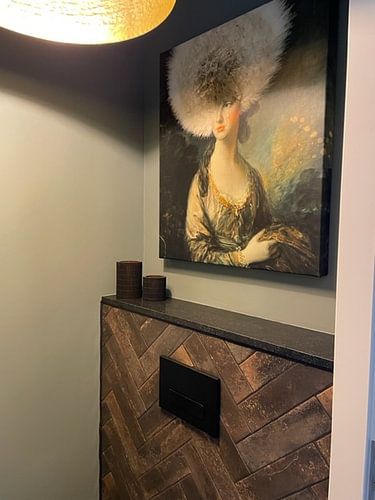
 Germany
Germany Ordered in November 2022
Ordered in November 2022
 Netherlands
Netherlands Ordered in February 2024
Ordered in February 2024
 Netherlands
Netherlands Ordered in August 2019
Ordered in August 2019
About the material
ArtFrame™
Interchangeable Art Prints
- High-quality print
- Easily interchangeable
- Acoustic function
- Large sizes available
Discover the artworks of Jeroen de Jongh Photography
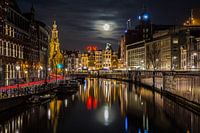 Full moon at the flower marketJeroen de Jongh Photography
Full moon at the flower marketJeroen de Jongh Photography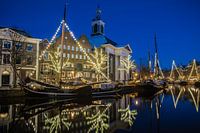 Lange HavenJeroen de Jongh Photography
Lange HavenJeroen de Jongh Photography Scheveningen PierJeroen de Jongh Photography
Scheveningen PierJeroen de Jongh Photography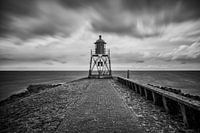 Lighthouse StavorenJeroen de Jongh Photography
Lighthouse StavorenJeroen de Jongh Photography April 25th BridgeJeroen de Jongh Photography
April 25th BridgeJeroen de Jongh Photography OosterdokJeroen de Jongh Photography
OosterdokJeroen de Jongh Photography Climb to the lightJeroen de Jongh Photography
Climb to the lightJeroen de Jongh Photography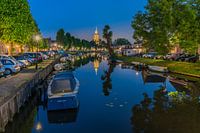 MonnickendamJeroen de Jongh Photography
MonnickendamJeroen de Jongh Photography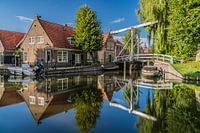 Zonnepad MonnickendamJeroen de Jongh Photography
Zonnepad MonnickendamJeroen de Jongh Photography NDSM sunsetJeroen de Jongh Photography
NDSM sunsetJeroen de Jongh Photography Mill de Vlinder on a misty morning in the BetuweJeroen de Jongh Photography
Mill de Vlinder on a misty morning in the BetuweJeroen de Jongh Photography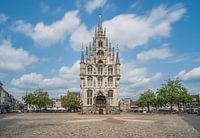 Town Hall of Gouda at the MarketJeroen de Jongh Photography
Town Hall of Gouda at the MarketJeroen de Jongh Photography Swans at the skyline of ZutphenJeroen de Jongh Photography
Swans at the skyline of ZutphenJeroen de Jongh Photography Quiet autumn morning in the park of Groeneveld CastleJeroen de Jongh Photography
Quiet autumn morning in the park of Groeneveld CastleJeroen de Jongh Photography Magical sunrise at the Amstelveense PoelJeroen de Jongh Photography
Magical sunrise at the Amstelveense PoelJeroen de Jongh Photography Sunrise in the cherry blossom park of the Amsterdamse BosJeroen de Jongh Photography
Sunrise in the cherry blossom park of the Amsterdamse BosJeroen de Jongh Photography Sunset at the IJmuiden PierJeroen de Jongh Photography
Sunset at the IJmuiden PierJeroen de Jongh Photography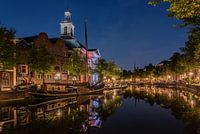 Peace and quiet at Schiedam's Lange HavenJeroen de Jongh Photography
Peace and quiet at Schiedam's Lange HavenJeroen de Jongh Photography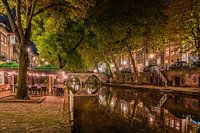 Having a drink along Utrecht's Oudegracht canalJeroen de Jongh Photography
Having a drink along Utrecht's Oudegracht canalJeroen de Jongh Photography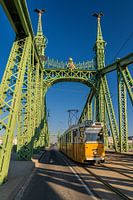 Tram 47 passes over the Freedom Bridge in BudapestJeroen de Jongh Photography
Tram 47 passes over the Freedom Bridge in BudapestJeroen de Jongh Photography
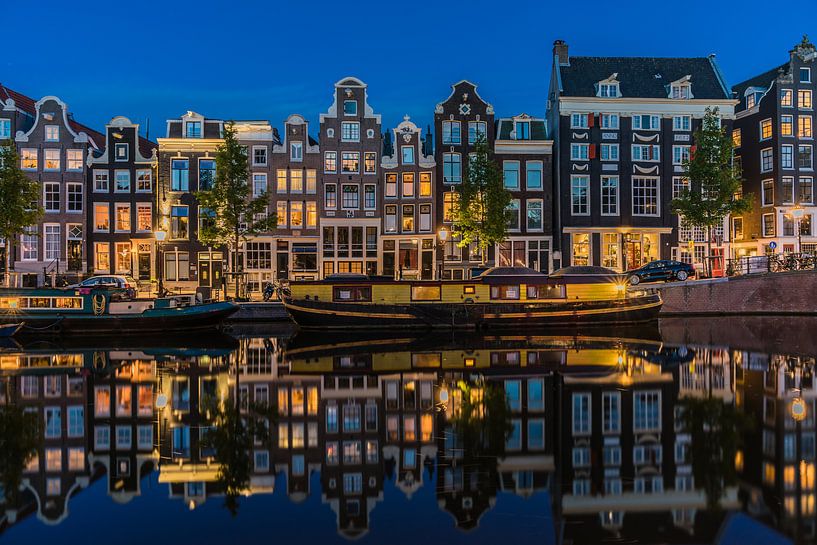












 Amsterdam
Amsterdam Blue hour
Blue hour Canal house
Canal house City centre of Amsterdam
City centre of Amsterdam Photo wallpaper
Photo wallpaper Photography
Photography Reflections
Reflections Romantic Moments
Romantic Moments Serene Peace
Serene Peace Singels
Singels The Netherlands
The Netherlands









